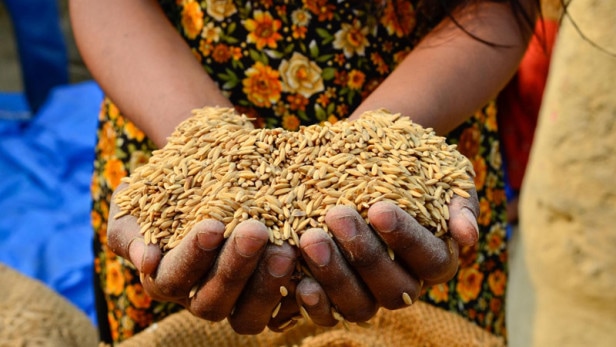|
By Carmen Ng
Ensuring vibrant and sustainable food systems and improving the transition towards these, is not only highly desirable for our communities and natural environments, it is a must. A new FAO report released has warned that the world’s future food security is “in jeopardy” due to increased pressure on natural resources, climate change and persisting inequality. Despite our significant efforts in reducing global hunger over the past 30 years, it came with a heavy cost on the natural environment as food production and economic growth expanded. If this continues, we will soon surpass our planetary boundaries as forests disappear, groundwater sources deplete and biodiversity crippled. It is estimated that the burgeoning global population will likely hit nearly 10 billion people by 2050. This increase in humanity’s rank will intensify pressures on our limited natural resources as global demand for agricultural products rises by 50%. Additionally, more people will transition to a diet with fewer cereals consumption and higher intake of meat, fruits, vegetables and processed food which ultimately drives the vicious cycle of more land degradation, deforestation and greenhouse gas emissions. To make matters worse, global climate change is also amplifying the challenges we face that affect our food production which include increase frequency of droughts and floods due to erratic variabilities in precipitation. Additional efforts are warranted to reach the target of ending hunger by 2030. Major transformations listed below may be vital to deliver sustainable food and agriculture production: I)Push to invest and retool food systems Without emphasizing the importance of restructuring the food systems, more than 600 million people will still be undernourished in 2030 and would not be sufficient to eradicate hunger by 2050 at this current rate of progress.
As the Earth has limited scope of land and water for agricultural purposes, to meet the rising food demand through production increase would come mainly from improving productivity and use resources efficiently III)Produce more with less Primary challenge is to deliver sustainable food and agricultural production whilst maintaining and enhancing the livelihoods of local farmers and ensure food accessibility by vulnerable subgroups. Thus, a “twin-track approach” is essential which combines investment in social protection and pro-poor investments in productive activities in hopes to raise income-earning opportunities sustainably especially among agriculture and rural economies. Overall, the world will need to transition towards a more sustainable food systems which encompasses but not limited to:
All these are dependent on more investment in agriculture systems, research and development, to promote innovative ideas, to support increase in sustainable production and tackle with issues like water scarcity with better solutions. It is also equally critical to create food supply chains with better connection between small-scale farmers to urban markets – with measures to ensure sustainable access for consumers to healthy, nutritious, affordable and safe foods such as food policies to cope with inequalities. This article is adapted from FAO’s website and the full article can be accessed through this link: http://www.fao.org/news/story/en/item/471169/icode/ Comments are closed.
|


